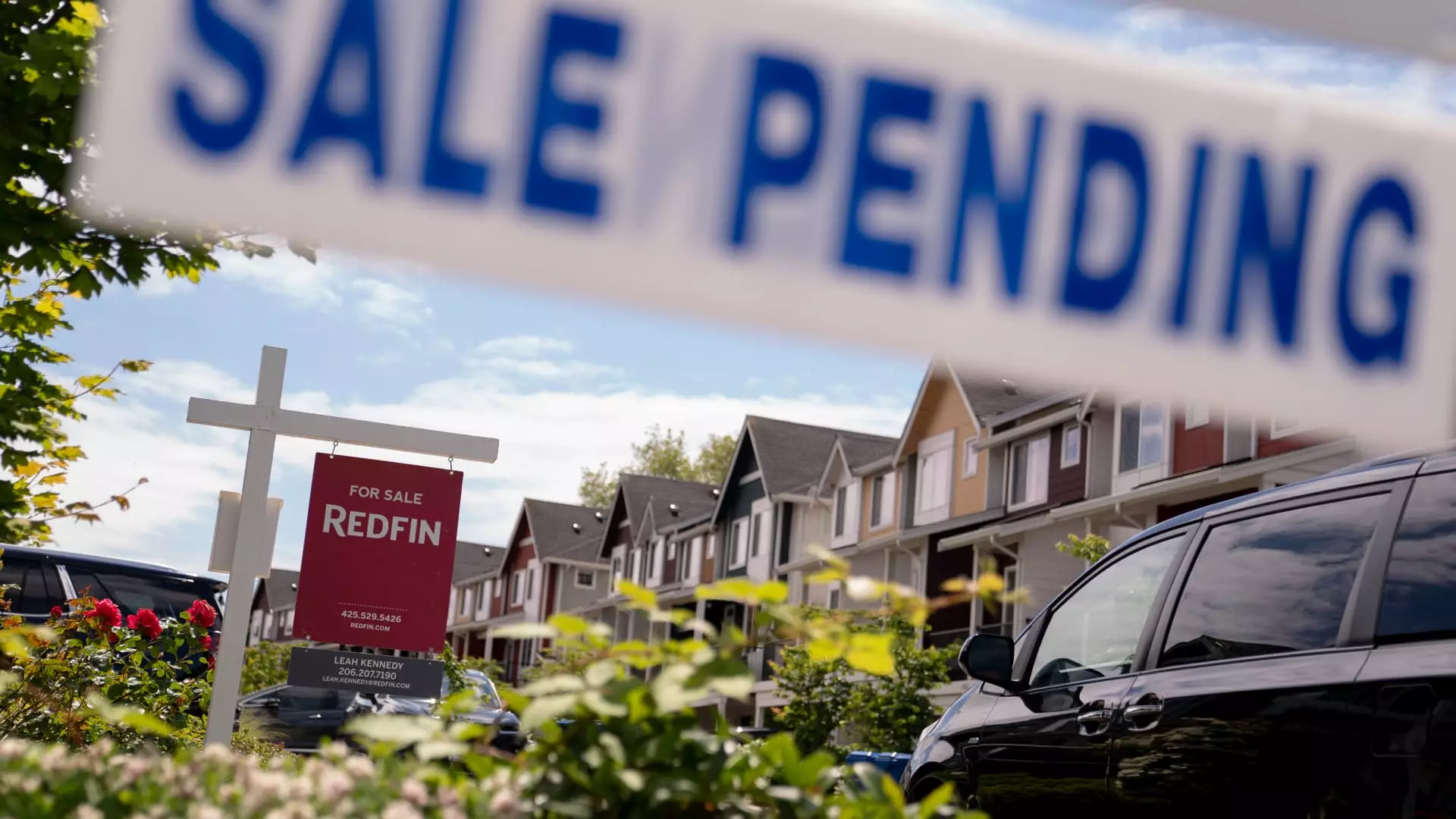The real estate market experienced a significant downturn in January, as a combination of high mortgage rates and soaring home prices led to a dramatic decline in home sales. Pending sales, which indicate contracts signed for existing homes, fell by 4.6% month-over-month, marking the lowest level since the National Association of Realtors began tracking this data in 2001. The scenario worsened when compared to January 2024, with a 5.2% decrease further illustrating the challenges facing potential homebuyers. These figures serve as a critical indicator of forthcoming closings, signaling that the current market conditions may deter many from making a purchase.
While some analysts speculate that the exceptionally cold temperatures in January— the coldest in 25 years—may have impacted buyer activity, the relationship between weather and home sales often presents mixed results. Lawrence Yun, the chief economist for the National Association of Realtors, suggests that if weather was indeed a contributing factor, a subsequent uptick in sales could be anticipated in the coming months. Nevertheless, the not-so-simple reality remains that inflated home prices and climbing mortgage rates have severely constrained affordability for potential buyers.
Interestingly, while national figures indicate a downturn, the geographic breakdown reveals a complex picture. The Northeast registered a month-over-month increase in sales, contrasting sharply with the West, where sales plummeted. The South, historically a robust market for home sales, witnessed the steepest declines, raising questions about regional economic conditions and consumer confidence.
Mortgage rates exacerbated these challenges in January, with the average rate for 30-year fixed loans surpassing 7% for the entire month. This marks a shift from the latter part of December, where rates dipped below 7%. Such fluctuations create anxiety among prospective buyers, stifling their willingness to enter the market. Higher borrowing costs inevitably lead to reduced purchasing power, forcing many to reconsider their options in an already challenging economic environment.
The situation is further complicated by the increase in home inventory, which rose by 17% year-over-year. This represents the 14th consecutive month of growth in available homes for sale, offering a glimmer of hope. With more options on the market, one might expect that buyers would capitalize on these opportunities. However, as noted by economist Hannah Jones of Realtor.com, the distribution of this increased supply is not uniform across the United States. In areas where inventory is rising, it may not necessarily translate into higher sales, suggesting that local economic conditions and consumer sentiment play pivotal roles.
As we move forward, the outlook for the housing market remains uncertain. The interplay of high mortgage rates, persistent home prices, and variable weather conditions creates a precarious situation for both buyers and sellers. Real estate professionals and economists will need to monitor these trends closely to assess the potential recovery of home sales in the months ahead. Ultimately, whether buyers are willing to re-enter the market amid these rising costs will determine the health of the residential real estate landscape in 2024 and beyond.

